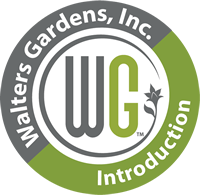Kniphofia 'Red Roulette' PPAF

Common Name: Red Hot Poker
Deep red-orange buds open to creamy yellow flowers. Thin grass-like foliage is exceptionally narrow for Kniphofia and will add fine texture to almost any landscape. More than 1' taller than 'Rocket's Red Glare'. Tested for hardiness in our Michigan zone 6, heavy snowfall winters, and could be hardier with winter mulch and protection.
Commonly called Red Hot Poker or Torch Lily for their tall flower spikes. These South Africa natives offer tremendous garden value by combining grass-like foliage with tall flower scapes. An excellent perennial for the middle of the border.







